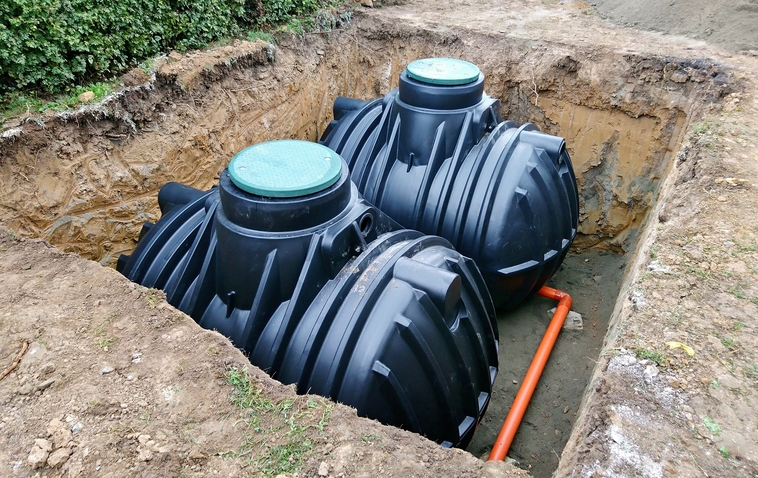
Septic systems are used everywhere for waste disposal. The different types of septic systems are constructed for various conditions, ranging from the high water table of Florida to the freezing temperatures of the North. You must know the basics of installing or repairing one. Only then will you be able to determine what type is right for you and your family. Rooter Septic Services can help you understand septic system repairs, installations, and septic tank pumping.
You should install a septic system when you build a home or if you've decided to add to your existing home. If you're building a new home, the builder should include the cost of installing a septic system in their estimate.
If you're adding to an existing home and want to install a septic system, you'll need to hire an installer such as Rooter Septic Services. They can assess your property before recommending whether or not it is suitable for a septic system.
Before installing a septic system, you must know what soil you have. You can install the system on the ground's surface if your soil drains well. However, if your soil doesn't drain well or you live in an area that experiences heavy rainfall, then you'll need to excavate the ground and put the tank underground. Installing an underground system is more expensive than placing it above ground.
You'll also need to determine your available space for the septic tank and drain field. The distance between each component will vary depending on its size and construction material. For example, concrete tanks are much heavier than plastic ones and require more space to install correctly.
Your choice of materials must also consider what type of soil is on your property. Clay soils are difficult to dig into because they're dense and sticky when wet; however, sandy soils don't retain water as well as clay does but can be excavated easily with minimal effort once dry again after excavation has been completed.
Start by ensuring the ground where the tank will be placed has been properly prepared. This includes removing any vegetation or other obstructions from the area where the tank will sit and digging out a hole for it. The hole should be 12 inches deep but not more than 24 inches deep. Before digging, call your local health department to find out if there are any restrictions on digging in your area. If there are no restrictions, proceed with digging out the hole for the tank.
Septic tanks are typically made of concrete or plastic and can hold anywhere from 500 gallons to 5,000 gallons of wastewater when full. Septic tanks should be installed on flat land away from trees or other structures that might block water drainage from the tank. They should also be installed at least 50 feet away from wells and 100 feet away from ponds or streams where surface water flows into private property.
The pump sends the liquid waste into the leaching chamber, which infiltrates the soil below the ground surface.
Leach lines carry wastewater from each house to a central location, such as a drain field or leach pit, where bacteria can treat it in the soil before entering groundwater.
A percolation test is required before a fill-in can be completed on your existing lot or before a new lot can be built. If you ever plan to sell your home, this test will ensure that your future buyer has no liability issues associated with a poorly designed or installed system.
Perc tests are conducted by a professional technician who will dig holes in different areas of your yard and take soil samples from each hole which will then be sent to an independent laboratory for analysis. These tests will determine whether or not your property has adequate soil conditions to support septic tank absorption, leaching, and drain fields.
The next time you are considering a septic system installation, you know exactly what you should be looking for. Rooter Septic Services is a professional septic company specializing in septic system repairs, septic tank pumping, and installations.
Contact us today for an assessment.